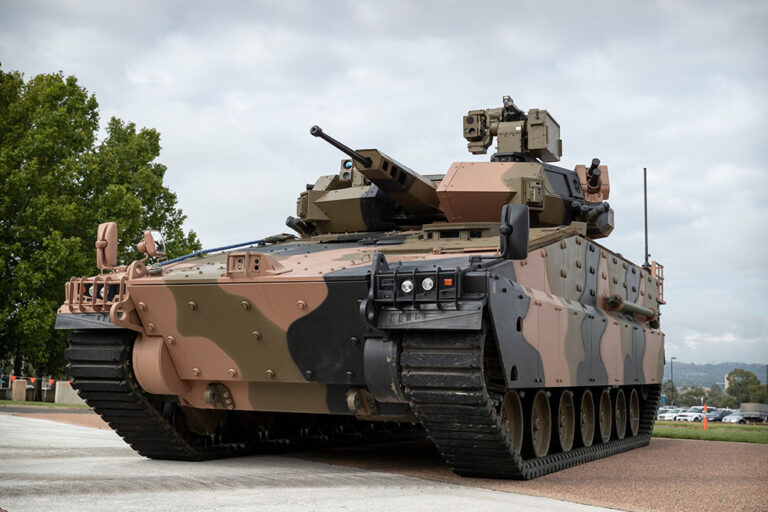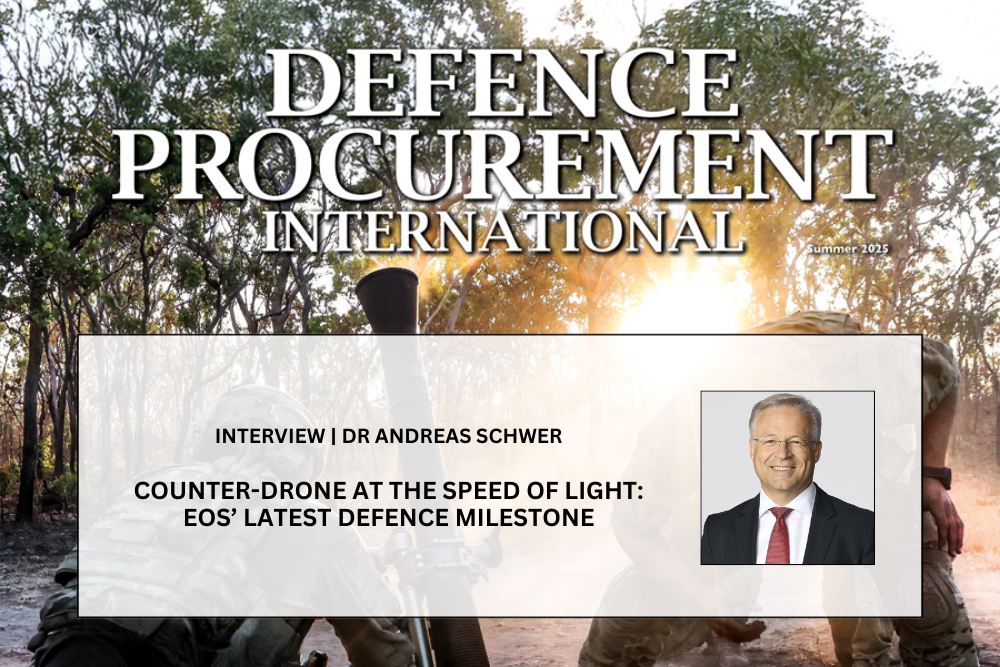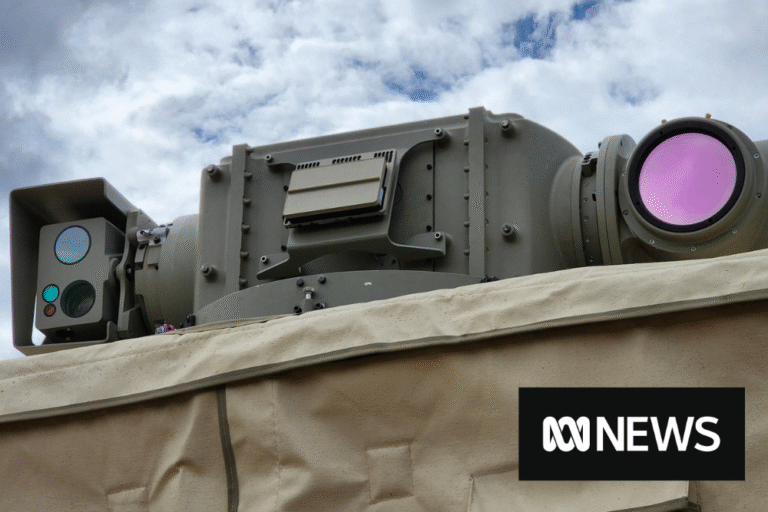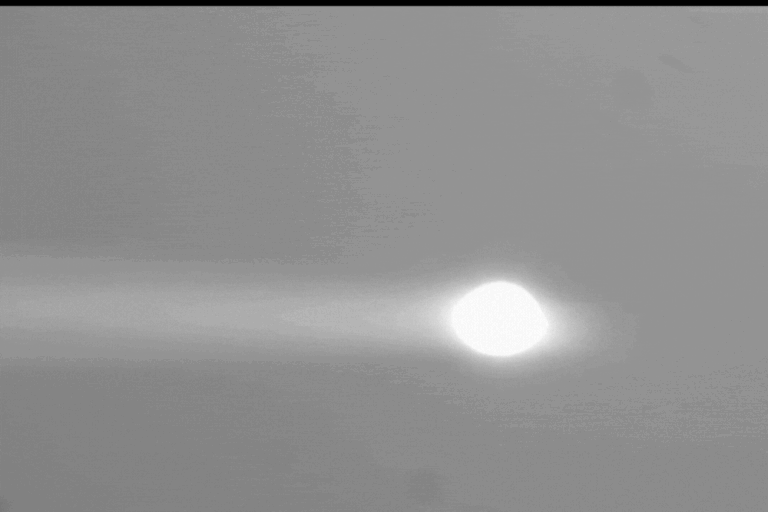

01 September 2025
CEO Interview: Defence Procurement International
As drones become faster, more numerous and autonomous, armed forces are looking to new technologies to defend against them. Electro Optic Systems (EOS) has secured a €71 million export contract to supply a European NATO member with a 100kW high energy laser weapon.
Defence Procurement International spoke with Andreas Schwer, chief executive of EOS, about how the system works and what it means for modern counter-drone operations.
DPI: Why is this contract significant from a procurement perspective?
Andreas Schwer: It represents the first export contract for a 100kW class high energy laser weapon globally, moving the capability beyond trials into service. For the customer, it delivers a fully integrated mobile laser system that slots into a layered air defence architecture. For EOS, it validates years of development and positions the company as a leading supplier in a market where very few can match this capability.
DPI: How does the system work?
Schwer: EOS’ high energy laser weapon uses spectral beam combining to merge multiple high-power laser beams into a single output. The system detects, tracks, and maintains the beam on fast-moving aerial targets using advanced sensors and targeting algorithms. The 100kW power level allows rapid and repeated engagements of up to 20 drones per minute. Mounted on a truck chassis, the system is designed for mobility and field deployment.
DPI: How does it compare to other counter-drone solutions?
Schwer: Missiles can cost up to $2 million per shot, while the laser reduces the cost per engagement to less than 10 cents. While missiles can reach longer ranges, the laser can engage multiple targets in quick succession, shoot directly upwards, and operate with a technically unlimited magazine. Unlike electronic warfare systems, which may disrupt a drone’s control or navigation without guaranteeing destruction, the laser delivers a physical kill that eliminates the threat regardless of its guidance method or level of autonomy.
DPI: Where does the mobile laser system fit within a layered defence?
Schwer: The system is designed to work alongside other counter-drone assets, including EOS’ own Slinger remote weapon station, as well as rocket systems and long-range missiles. Each layer addresses a different engagement range and target set, with the laser excelling in short-to-medium range, high-volume defence against drones and similar aerial threats.
DPI: How will the contract be implemented?
Schwer: Production will take place at EOS’ Laser Innovation Centre in Singapore over the next three years. The contract includes system manufacture, integration, testing, acceptance, and theatre support during the early stages of deployment.
DPI: What's next for high energy lasers on the battlefield?
Schwer: We expect to see continued growth in both power and portability over the coming years. As the technology matures, it will become a core component of modern drone defence, complementing existing kinetic systems and providing an extremely effective and economically sustainable way to counter evolving aerial threats.









